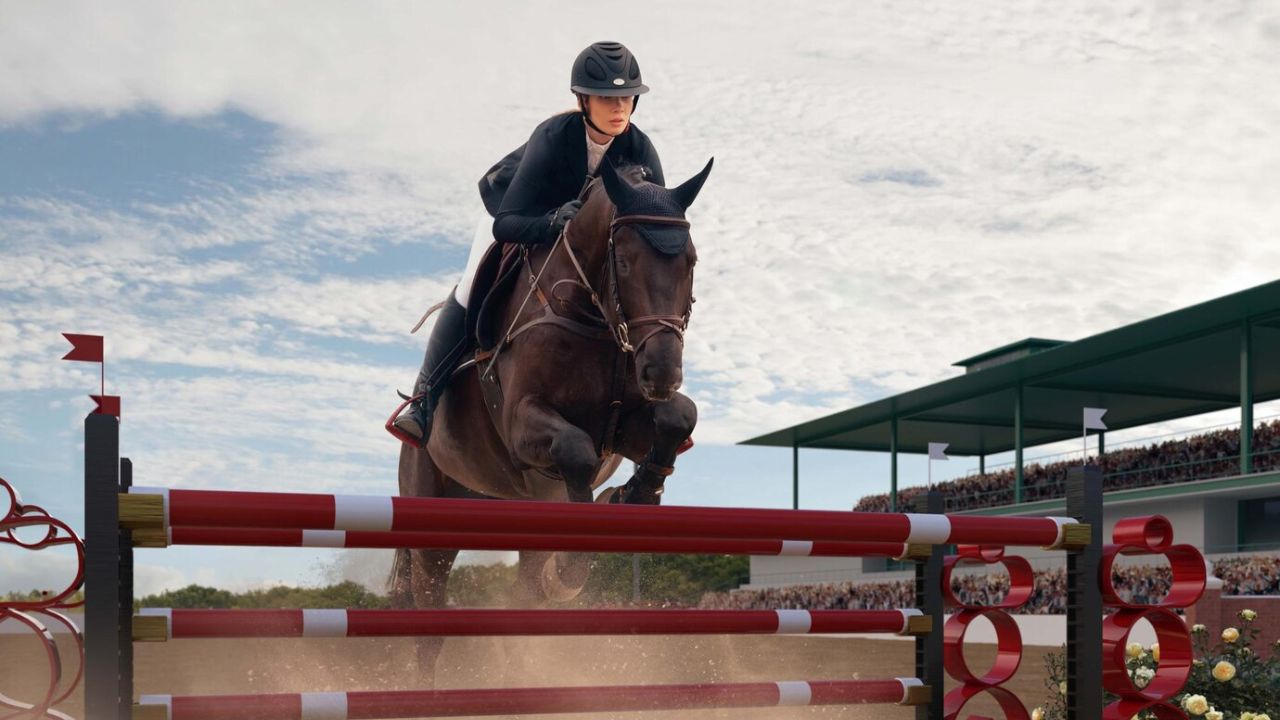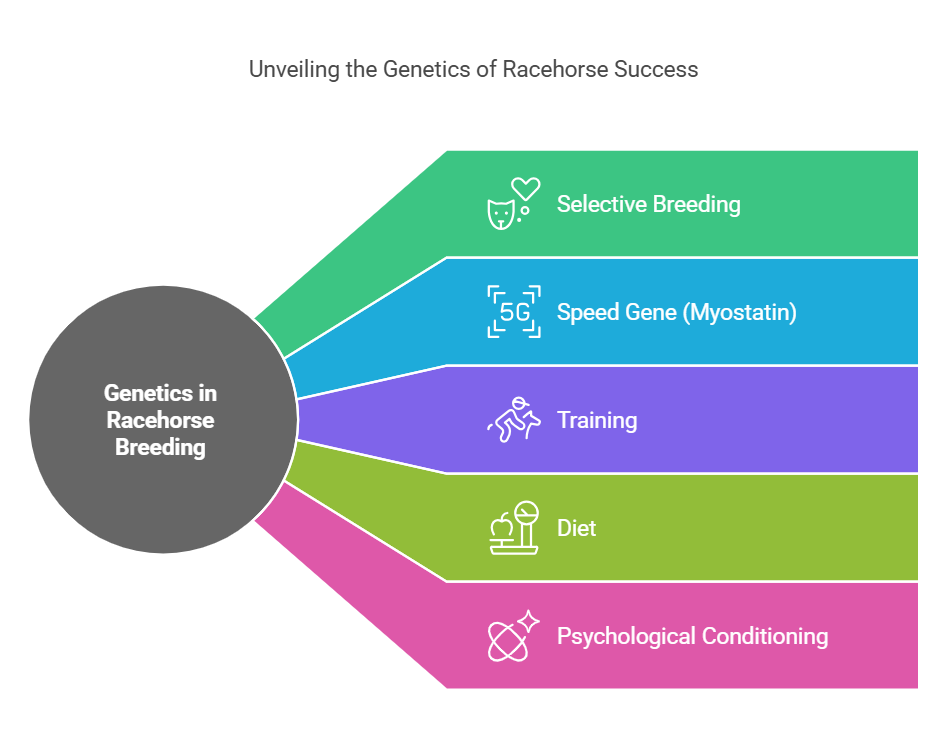Horse racing has long fascinated spectators with its blend of athleticism, strategy, and speed. But what makes racehorses some of the fastest land animals on Earth? The answer lies in biomechanics, genetics, training, and even aerodynamics. By understanding the science behind their speed, we can gain deeper insight into the sport beyond just horse racing facts.
The Perfect Build for Speed
One of the main reasons racehorses can reach incredible speeds is their anatomical structure. Thoroughbreds, the breed most commonly used in professional racing, are designed for speed in the following ways:
- Long, Lightweight Legs – Thoroughbreds have long limbs with relatively lightweight bones, allowing for greater stride length and quicker acceleration.
- Powerful Hindquarters – Their strong back legs act as engines, providing the explosive power to propel them forward.
- Large Lungs and Heart – A racehorse’s heart and lungs are significantly larger in proportion to their body than many other animals, allowing them to take in more oxygen and maintain high speeds over a distance.
- Flexible Spine – Their spines act like a coiled spring, storing and releasing energy with each stride, further contributing to their incredible acceleration.
The Science of Stride
Speed in horse racing is largely determined by stride length (the distance covered in one stride) and stride frequency (the number of strides per second). Some elite racehorses, like the legendary Secretariat, had a stride length of over 25 feet! The average racehorse takes 130 to 150 strides per minute, meaning they can cover a mile in under two minutes.
Interestingly, a horse’s stride is closely linked to their breathing. A racehorse inhales when its front legs extend forward and exhales when they contract, synchronizing its breathing with its strides. This natural rhythm maximizes oxygen intake and prevents exhaustion.
Genetics: The Secret to Champions
Breeding plays a huge role in developing faster racehorses. Breeders have selectively mated horses with desirable speed and endurance traits for centuries to produce stronger generations. Scientists have even discovered a “speed gene” called myostatin, which influences muscle development. Horses with a certain variation of this gene are more suited for sprinting, while others are built for endurance.
However, genetics alone do not guarantee success. Training, diet, and psychological conditioning are crucial in shaping a winning racehorse.
The Role of Training and Conditioning
No matter how genetically gifted a horse is, training determines how well they can utilize their abilities. Trainers focus on various aspects to enhance performance, such as:
- Strength and Endurance Workouts – Exercises like gallops and interval training improve muscle strength and cardiovascular health.
- Balance and Coordination Drills – A horse must maintain perfect balance while running at high speeds. Special exercises help them stay agile and coordinated.
- Mental Conditioning – Some horses are naturally competitive, while others need conditioning to focus on the race. Trainers use different techniques to keep a horse mentally engaged and responsive to jockey commands.
Aerodynamics and Race Strategy
Wind resistance plays a surprising role in horse racing. Similar to how Formula 1 drivers and cyclists draft behind competitors to reduce air resistance, jockeys position themselves in a way that minimizes drag. Jockeys help their horses conserve energy and maintain speed by crouching low and maintaining a tight posture.
Even the way horses move their heads contributes to their speed. Unlike humans, who keep their heads steady while running, horses naturally bob in rhythm with their stride. This motion helps with balance and forward propulsion.
The Role of Track Surfaces
The type of track surface can also affect a horse’s speed. Different racing venues use surfaces such as dirt, turf, or synthetic tracks. Each surface has unique properties:
- Dirt Tracks – Often deeper and looser, making them harder to run on but allowing for strong closing finishes.
- Turf (Grass) Tracks – Softer reduces stress on a horse’s legs but may slow down overall speed.
- Synthetic Tracks – Designed for consistency, reducing the risk of injury and maintaining more uniform racing conditions.
Horses often perform differently on different surfaces, so trainers carefully select races that match their horse’s strengths.
Final Thoughts
The breathtaking speed of racehorses is a perfect blend of biology, physics, and careful training. From their skeletal structure to their genetic makeup, every element of a racehorse is fine-tuned for high performance. Understanding the mechanics behind their speed enhances appreciation for the sport and deepens our knowledge of horse racing facts. So, the next time you watch a race, take a moment to appreciate the incredible science behind every galloping stride.









































